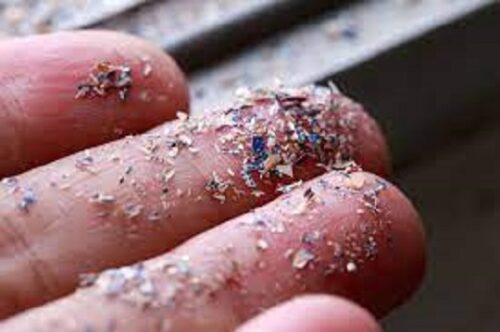16 January 2023
Researchers from the Autonomous University of Barcelona (AUB) and Aalborg University in Denmark have been conducting studies to determine the amount of microplastic debris deposited on the seabed in an area of the north-west Mediterranean basin.

The research shows that the amount of microplastic pollution found on the seabed in this area has tripled in the last twenty years, reflecting the production and global use of these materials.”
Over the last two decades the accumulation of polyethylene and polypropylene particles from packaging, bottles and food films has increased, as well as polyester from synthetic fibres in clothing fabrics.
Microplastics are small pieces of plastic that are less than 5mm in length and are created when bigger bits of plastic – such as bottles, bags and containers break down in soil or in the sea and pollute the environment.
Some plastics are so tiny they can’t even be seen with the naked eye. They are called nanoplastics and are also produced when washing clothing made from synthetics as they are washed into the wastewater and eventually reach the rivers that empty into the sea.
Once trapped in the seafloor, the microplastic particles do not break down, and stay on the sea floor for decades.
In contrast to natural materials, those derived from hydrocarbons such as polyethylene and polypropylene can end up in the marine environment and are ingested by fish that are consumed by humans.
Scientific research is not yet clear if the consumption of such species could cause long-term health problems in the population.
We bring leather, material and fashion businesses together: an opportunity to meet and greet face to face. We bring them from all parts of the world so that they can find fresh partners, discover new customers or suppliers and keep ahead of industry developments.
We organise a number of trade exhibitions which focus on fashion and lifestyle: sectors that are constantly in flux, so visitors and exhibitors alike need to be constantly aware both of the changes around them and those forecast for coming seasons.